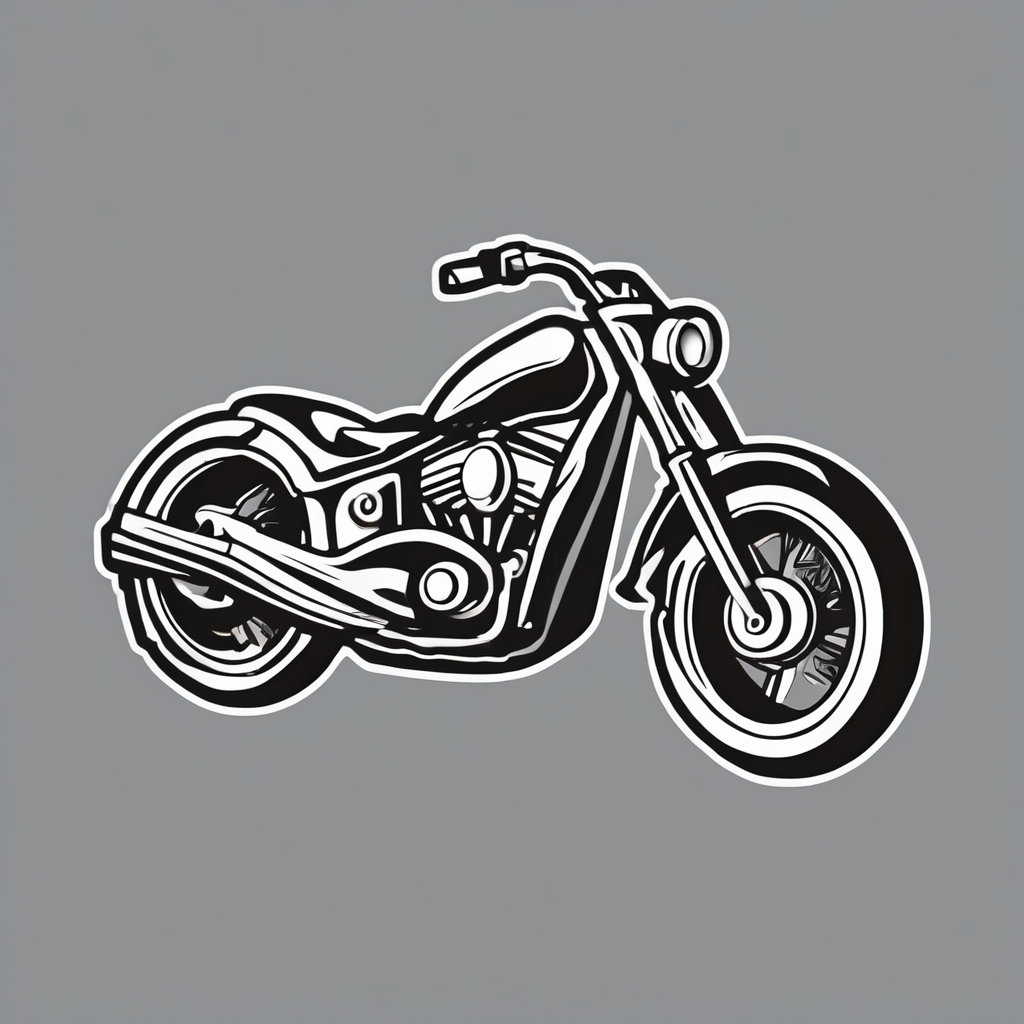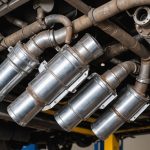Understanding Rear Differential Lock Functionality
A rear differential lock is an essential component in off-road vehicle configurations. It enhances an off-road vehicle’s locking mechanism, ensuring improved traction and stability on rugged terrains. When navigating challenging landscapes, such as steep inclines or muddy tracks, a rear differential lock can be indispensable.
In essence, the rear differential lock temporarily disables the differential’s normal function, which allows wheels on the same axle to rotate at different speeds. By locking the differential, both wheels rotate at the same speed, which is crucial for maintaining control when one wheel loses traction. This feature is especially important in situations where uneven surfaces could lead to a loss of grip with only one wheel engaging the terrain effectively.
Also to read : Essential Safety Guidelines for Installing Aftermarket Suspension Kits: Avoiding Common Pitfalls
Several types of vehicles, notably off-roaders and some SUVs, incorporate rear differential locks. There are generally two main types: mechanical and electronic. Mechanical systems involve a lever or switch to engage the lock manually, while electronic systems can automatically engage when needed, often using sensors to detect wheel slippage.
The primary benefit of a rear differential lock is the enhanced traction it offers by evenly distributing power to both rear wheels. This is particularly critical when driving over obstacles, ensuring both wheels work together, providing consistent propulsion and control.
Have you seen this : Top Indicators Your Car”s Catalytic Converter is Due for Replacement
Tools Required for Testing Differential Lock Functionality
When testing the functionality of a rear differential lock, having the correct tools is paramount. Here is a concise list of essential tools:
- Mechanic Tools: These are the staples. A good quality set of wrenches, sockets, and screwdrivers is vital. These tools assist in accessing and removing components that may impede testing.
- Vehicle Maintenance Tools: These include diagnostic tools like OBD scanners. They allow for monitoring potential electronic faults through vehicle codes, ensuring comprehensive analysis.
In addition to these, several optional Tools for Differential Testing can enhance your efforts:
- Multimeters: Useful for testing electrical connections and ensuring the integrity of vehicle wiring related to the differential lock.
- Torque Wrenches: Offer precision when reassembling parts, ensuring all components are secured to the manufacturer’s specifications.
Safety is crucial. Recommended safety gear includes durable gloves for hand protection, safety goggles to shield your eyes from debris, and overalls to protect your clothing during vehicle maintenance tasks. Prioritize safety to prevent accidents while testing differentials.
Step-by-Step Procedure for Verifying Rear Differential Lock Functionality
Ensuring that your vehicle’s rear differential lock is functioning properly is essential for maintaining performance and safety during off-road adventures. Without a reliable differential lock, you could encounter serious traction issues.
Preparation for Testing
Before you start, follow this checklist to prepare for the Step-by-Step Differential Lock Test effectively:
- Consult the vehicle’s manual to understand specific instructions and safety guidelines related to your model.
- Park your vehicle on a flat surface and ensure it is stable by engaging the parking brake.
- Verify that other vehicle systems are working correctly and that there are no underlying mechanical issues that could affect testing.
- Ensure you have all necessary tools and safety gear.
Taking the time to complete these vehicle safety checks is crucial. They not only protect you but also help in obtaining accurate results from the test.
Performing the Functionality Test
To engage the differential lock, follow the steps outlined in the manual, usually involving a button or lever. Pay attention to any unusual sounds or behaviors. These could be signs of wear or malfunction. While testing, ensure all controls act smoothly.
Remember to disengage the lock after the test. Familiarity with diagrams in your vehicle manual can further assist you through this procedure.
Common Issues with Rear Differential Locks and Their Resolutions
Encountering differential lock issues can be perplexing, but understanding them is the first step in resolving any problem. Commonly, rear differential locks suffer from problems like sticking, inconsistent engagement, and even complete failure to engage. Such issues often arise due to a lack of lubrication, worn-out components, or electrical malfunctions.
Troubleshooting Differential Lock
The primary step in troubleshooting differential lock problems is to inspect the lock mechanism for any visible damage or obstruction. Ensure that the gear oil is at the correct level, as insufficient lubrication is a frequent culprit. Moreover, inspect for any signs of wear and tear on the gears and other coupling components.
For electronic differential locks, check the fuse box and wiring for any faults. Sometimes, recalibrating the system through the vehicle’s onboard diagnostics can resolve engagement issues. If these steps do not rectify the situation, it is vital to seek professional evaluation.
When to Seek Professional Help
If the differential lock issues persist despite basic troubleshooting, it might indicate a more complex underlying problem. Situations involving grinding noises, unresponsive control, or persistent leaks often require expert intervention to prevent further damage and costly repairs. Engaging a professional ensures not only the resolution of current issues but also the longevity of your differential system.
Maintenance Tips for Preventing Differential Lock Problems
To ensure your vehicle’s differential lock system functions seamlessly, implementing regular vehicle care tips is essential. A proactive approach to maintaining the rear differential lock involves consistent inspections and timely interventions. Regularly inspecting components can help catch potential issues before they develop into significant problems. Knowing how to conduct these checks or consulting a professional ensures that parts are not worn or damaged.
A critical aspect of differential lock maintenance is using the right lubricants or additives. Selecting products specifically designed to enhance differential lock performance is vital. Check for lubricants that reduce friction and prolong the system’s lifespan, ensuring smooth operation and preventing wear. Consistently verifying and replenishing these fluids is a practice that can vastly improve the function and durability of your vehicle’s differential lock.
Regular maintenance goes a long way in reducing the likelihood of differential lock problems. While many drivers may overlook these mechanical parts, understanding their importance can save on costly repairs and enhance overall driving safety. Through diligent care and attention, you ensure a dependable and lasting rear differential lock experience.
Safety Considerations When Testing Differential Locks
When testing differential locks, ensuring personal safety is paramount. It’s essential to adhere to comprehensive vehicle safety protocols. Begin by wearing appropriate safety gear, such as gloves and eye protection, to safeguard against any mechanical mishaps. Make sure the vehicle is on a flat, stable surface to prevent unintended movements.
Safe differential testing requires a controlled environment. Clear the area of any obstructions or bystanders. Test on an area with adequate lighting and visibility. Utilise wheel chocks to secure the vehicle in place, reducing risks of unintended slippage during testing.
In the event of unexpected vehicle behavior, immediately implement emergency procedures.
- Keep a fire extinguisher nearby, and ensure you know how to use it.
- Establish clear communication lines with any assisting personnel.
- Prepare an emergency exit strategy, detailing steps to safely evacuate the area.
These precautions bolster safety and reliability during the testing phase. Prioritize the installation of safety shut-off mechanisms within your testing environment. This way, you can quickly stop the engine to prevent escalation of any hazardous situation. Adopting these measures helps in safely evaluating differential locks, ensuring both personal safety and vehicle integrity.











